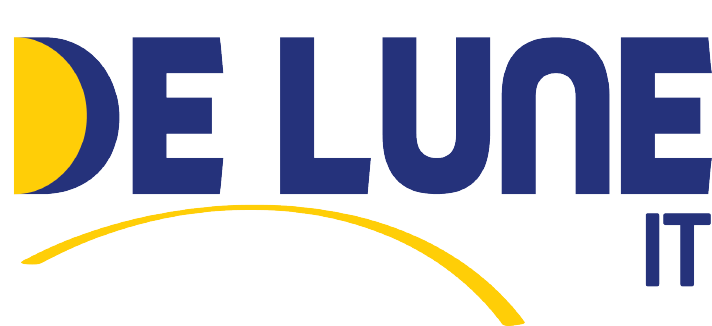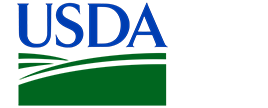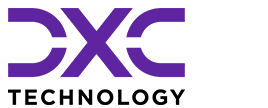Enterprise Architecture
De Lune’s suite of enterprise security architecture solutions provides an organization with the tools that it needs to protect itself against the full range of cyber threats that it may face.
Having a solid enterprise architecture is invaluable for guiding security planning at all levels. It provides the detailed information required to make the best decisions about what processes and solutions to implement across the IT environment and how to manage the technology lifecycle. Moreover, a carefully documented and published enterprise information security architecture is vital for compliance with many modern industry standards and legal mandates.
Working with numerous North American and global clients across various industries has provided our consultants with a knowledge base of EA management best practices. We use a time proven methodology to help clients identify elements of focus to obtain the best results for their organization. The methodology uses interviews and tools to collect primary and secondary information which can then be analyzed and modeled to provide logical recommendations to decision makers.
Business Transformation
Designing, implementing, and following a comprehensive business transformation strategy can help your organization remain agile and responsive in a highly competitive environment. Our business transformation solution introduces core concepts of project management to research portfolio analysis. Our tools are a unique set of templates and checklists created to ensure your analyses are robust and reproducible, and that they are carried out in an effective and efficient way.
With the right tolls in place you can rethink, redesign, and move forward with fundamental changes to your business and operating models that can help you reduce expenses, embark on a new strategic direction, and maximize value amid disruption.
De Lune supports you in finding technological breakthroughs, shifting market demands, changing competitive strategies, and new regulatory requirements, forcing your organization to continuously grow.
Digital Transformation
Digital transformation is how you can future-proof your organization: Transpose legacy customers, business, operating models into a new reality – where agility is the standard operating procedure.
Successfully adapting to change through digital transformation means the difference between a failing and a thriving business. Digital transformation is the end-to-end business transformation of an organization, from strategy to operations, from leadership to enterprise-wide culture; enabled by exponential technologies. Transform your organization by revisiting business models, focusing on customer experiences, rethinking the brand, and uncovering new opportunities through rapid innovation. Articulate and quantify transformational opportunities by creating (or responding to) a market disruption.
API integration and middleware management
Managing API middleware satisfies systems management, security, analytic and audit requirements for proper governance. Middleware is the logical software layer for Integration, while API is dominant trending/recent style/paradigm for Integration. Our API middleware orchestrates the necessary back-end components to deliver the requested business service. Managing API middleware satisfies systems management, security, analytic and audit requirements for proper governance.
This allows large enterprises to extract valuable insights and create tremendous value seamlessly and securely. Organizations can extract tremendous value by connecting employees, customers, and partners by using API middleware in providing services to support the execution of data transactions across a distributed network.
Internet of Things (IoT)
IoT solutions enable businesses to analyze data generated by sensors on physical objects in a world of intelligent, connected devices. This data can transform your business, revealing hidden patterns and insights that can help you make more informed decisions and act more quickly.
Implementing IoT involves several sensors, devices, and tools, and a successful implementation largely depends on the seamless integration between these systems. Against the backdrop of digital technology and the industrial revolution, the Internet of Things has become the most influential and disruptive of all the latest technologies. As an advanced technology, IoT makes a palpable difference in how businesses operate.
Through seamless integration of IoT, you can: Track, monitor, and stay up to date on your products and inventory in real time; extend your service and support and deepen customer relationships through smart products; gather and learn your equipment’s vitals through small, wireless, and multi-stats sensors to anticipate failures before they happen; Turn real-time sensor data into actionable insights through big data tools, cognitive analytics, and machine learning.






